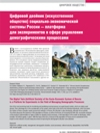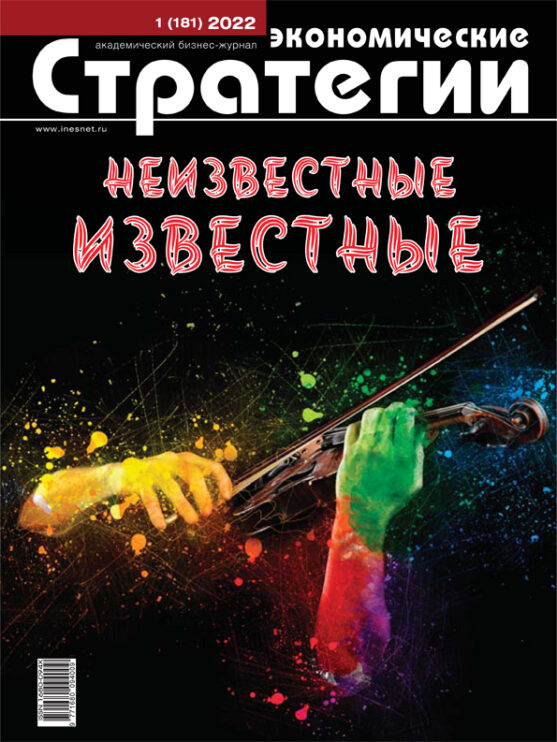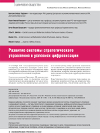Theoretical Substantiation for Assessing Effectiveness of the Regional Management Strategy
DOI: 10.33917/es-2.200.2025.6-13
Currently, qualitative and quantitative approaches are used to assess the performance of regional executive authorities. The estimates obtained on their basis, as a rule, imply a subjective component. This paper proposes a method that makes it possible to obtain weighting coefficients for evaluation indicators on a formal basis without involving experts. It involves four main stages of calculations: preparation of initial data, including a set of assessment indicators; formation of a structural matrix of achievements; assessing the complexity of indicators and achievement structures; performance assessment. The peculiarity of the proposed approach is that it allows us to get an idea of the relative complexity of solving problems and achieving the goals of socio-economic development. This idea is based on a comparative analysis of the weights of evaluation indicators obtained on a formal basis.
References:
1. Chazova I.Yu. Otsenka effektivnosti deyatel’nosti organov gosudarstvennoy vlasti [Assessment of the Effectiveness of the Activities of Public Authorities]. Vestnik Udmurtskogo universiteta. Seriya: Ekonomika i pravo, 2019, no 6, pp. 776–785.
2. Okrepilov V.V. Povyshenie kachestva gosudarstvennykh uslug posredstvom vnedreniya sistem menedzhmenta kachestva [Improving the Quality of Public Services through the Introduction of Quality Management Systems]. Izvestiya Sankt-Peterburgskogo universiteta ekonomiki i finansov, 2012, no 6(78), pp. 9–17.
3. Kozhevnikov S.A. Povyshenie effektivnosti gosudarstvennogo upravleniya — klyuchevaya zadacha dlya sovremennoy Rossii [Improving the Efficiency of Public Administration is a Key Task for Modern Russia]. Ekonomicheskie i sotsial’nye peremeny: fakty, tendentsii, prognoz, 2017, vol. 10, no 3, pp. 78–99.
4. Golovtsova I.G., Terent’eva K.D. Effektivnost’ gosudarstvennogo upravleniya kak instrument povysheniya kachestva zhizni naseleniya: Sovremennyy menedzhment: problemy i perspektivy: Sb. statey po itogam XVI Mezhdunarodnoy nauchno-prakticheskoy konferentsii, Sankt-Peterburg, 29–30 aprelya 2021 g. [Efficiency of Public Administration as a Tool for Improving the Quality of Life of the Population: Modern Management: Problems and Prospects: Collection of articles from the XVI International Scientific and Practical Conference, St. Petersburg, April 29–30, 2021]. Saint Petersburg, Sankt-Peterburgskiy gosudarstvennyy ekonomicheskiy universitet, 2021, pp. 26–31.
5. O’Loughlin C.T., Wilson P.W. Benchmarking the performance of US Municipalities. Empir Econ., 2021, no 60, 2665–2700, DOI: https://doi.org/10.1007/ s00181-021-02026-2
6. Geys B., Heinemann F, Kalb A. Local Government Efficiency in German Municipalities. RuR. 2013 Aug. 31;71(4):283–293. DOI: https://doi.org/10.1007/ s13147-012-0191-x
7. Kryukov S.V. Model’ formirovaniya reytinga gubernatorov na osnove otsenki urovnya i kachestva zhizni v regione [A Model for the Formation of a Rating of Governors based on an Assessment of the Level and Quality of Life in the Region]. Vektor ekonomiki, 2018, no 8(26), pp. 12–17.







